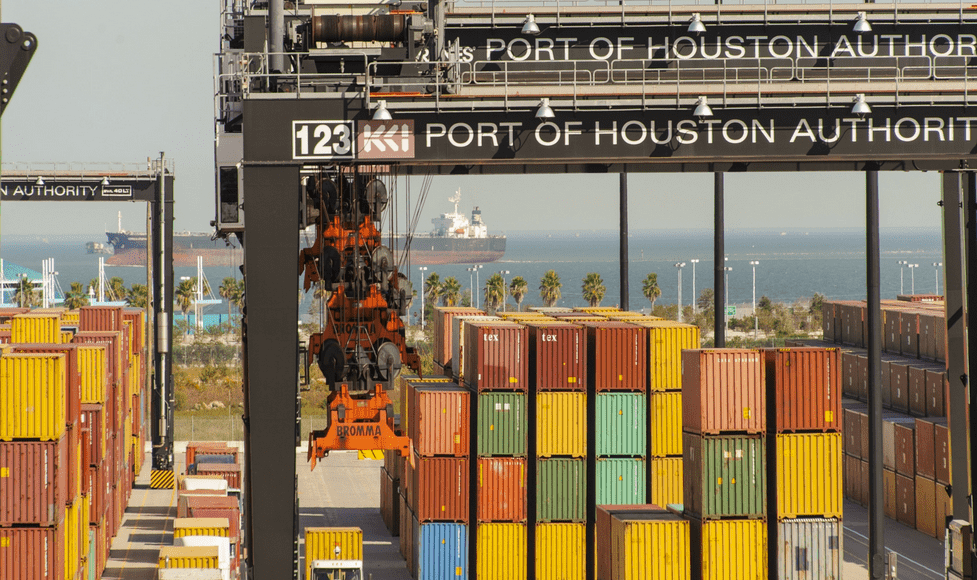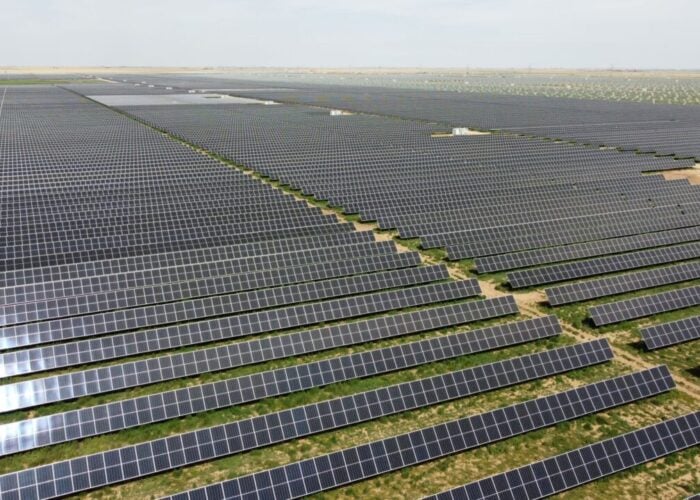
The US secretary of the Treasury, Janet L. Yellen, has said the US “wouldn’t want to rule out” protective trade measures to combat overcapacity of solar PV and energy storage manufacturing in China.
Speaking in Anchorage, Alaska, ahead of a meeting with the vice premier of China, He Lifeng, Yellen said that the Biden administration “takes resiliency of supply chains seriously” and that trade and investment with China “needs to be on a level playing field”.
Unlock unlimited access for 12 whole months of distinctive global analysis
Photovoltaics International is now included.
- Regular insight and analysis of the industry’s biggest developments
- In-depth interviews with the industry’s leading figures
- Unlimited digital access to the PV Tech Power journal catalogue
- Unlimited digital access to the Photovoltaics International journal catalogue
- Access to more than 1,000 technical papers
- Discounts on Solar Media’s portfolio of events, in-person and virtual
Or continue reading this article for free
Asked whether the US would impose trade barriers to combat overcapacity for clean energy manufacturing in China, she said: “We are trying to nurture an industry in, for example, solar cells, electric batteries, electric vehicles, and these are actually all areas where we think that massive investment in China is creating some overcapacity.
“We’re providing tax subsidies…to some of these sectors, and I wouldn’t want to rule out other possible ways in which we would protect them.”
The Inflation Reduction Act (IRA) contains significant tax credits for renewable energy manufacturing, notably solar PV which has seen a number of major players – including JA Solar, Canadian Solar and Hanwha Qcells – announce manufacturing plans in the US. The Section 45X manufacturing credit in particular – which was clarified by the Treasury in December – has been praised for its operational support for clean energy manufacturing.
However, as with most of the rest of the world, the majority of solar modules – and particularly cells – entering the US are from China or Chinese companies.
Yellen continued: “It’s not just the United States, but quite a few countries, including Mexico, Europe, Japan that are feeling the pressure from massive investment in these industries in China.” Indeed, this week the European Commission announced an investigation into two Chinese consortia – one of which featured solar manufacturing giant LONGi – on suspicion of violating the EU’s Foreign Subsidies Regulation in bids for a Romanian solar project.
Yellen did not clarify what further regulations or tariffs might look like. The US already operates its antidumping and countervailing duty (AD/CVD) tariffs on a number of Chinese sectors, including solar. Though currently the AD/CVD solar import tariffs are under a two-year executive waiver from the President, due to expire this summer.
The AD/CVD tariffs – in general – were amended by the Department of Commerce (DOC) last week in a move which could potentially extend their reach beyond China to cover investments into other countries, such as under the Belt and Road Initiative.
Supply chain rhetoric gets frosty
Discussion and rhetoric around solar supply chains between the US and China have been active and somewhat frosty of late.
Last month the CEO of Cadmium Telluride (CdTe) thin-film solar manufacturer First Solar (the largest solar module producer in the US), Mark Widmar, said that the IRA needed “proper trade enforcement” to enable a US solar manufacturing industry to take hold, and warned that the country was running the risk of “lining China’s pockets with US taxpayer dollars”.
This was due to the ability of what Widmar called “companies controlled by, owned by, or subject to the jurisdiction of the Chinese government” to establish factories in the US and benefit from the IRA’s tax credits.
More recently, two US Senators for the state of Georgia issued a joint statement urging the President to lift a tariff exemption on bifacial solar modules, which allows them to enter the US unimpeded. In their letter to Joe Biden, the senators claimed that bifacial modules now account for around 90% of module imports to the US. Georgia is the state where the Korean-owned Hanwha Qcells has invested around US$2.5 billion in a vertically integrated solar manufacturing base.
Last week, the Chinese government responded by requesting the World Trade Organisation (WTO) to investigate the IRA over “discrimination against goods of Chinese origin”. China’s statement said that laws which favour domestic goods “threaten to undermine international cooperation on reducing and mitigating the effects of climate change.” This petition is yet to be concluded.
The Solar Energy Manufacturers for America (SEMA) Coalition – a group consisting of non-Chinese manufacturers operational in the US, like First Solar, Meyer Burger and Silfab – issued a statement in March calling for greater support for domestic US solar manufacturing, particularly in the upstream production of ingots and wafers where it saw “glaring gaps”. It said the “government is facilitating an over-reliance on China” in failing to protect the sector.







